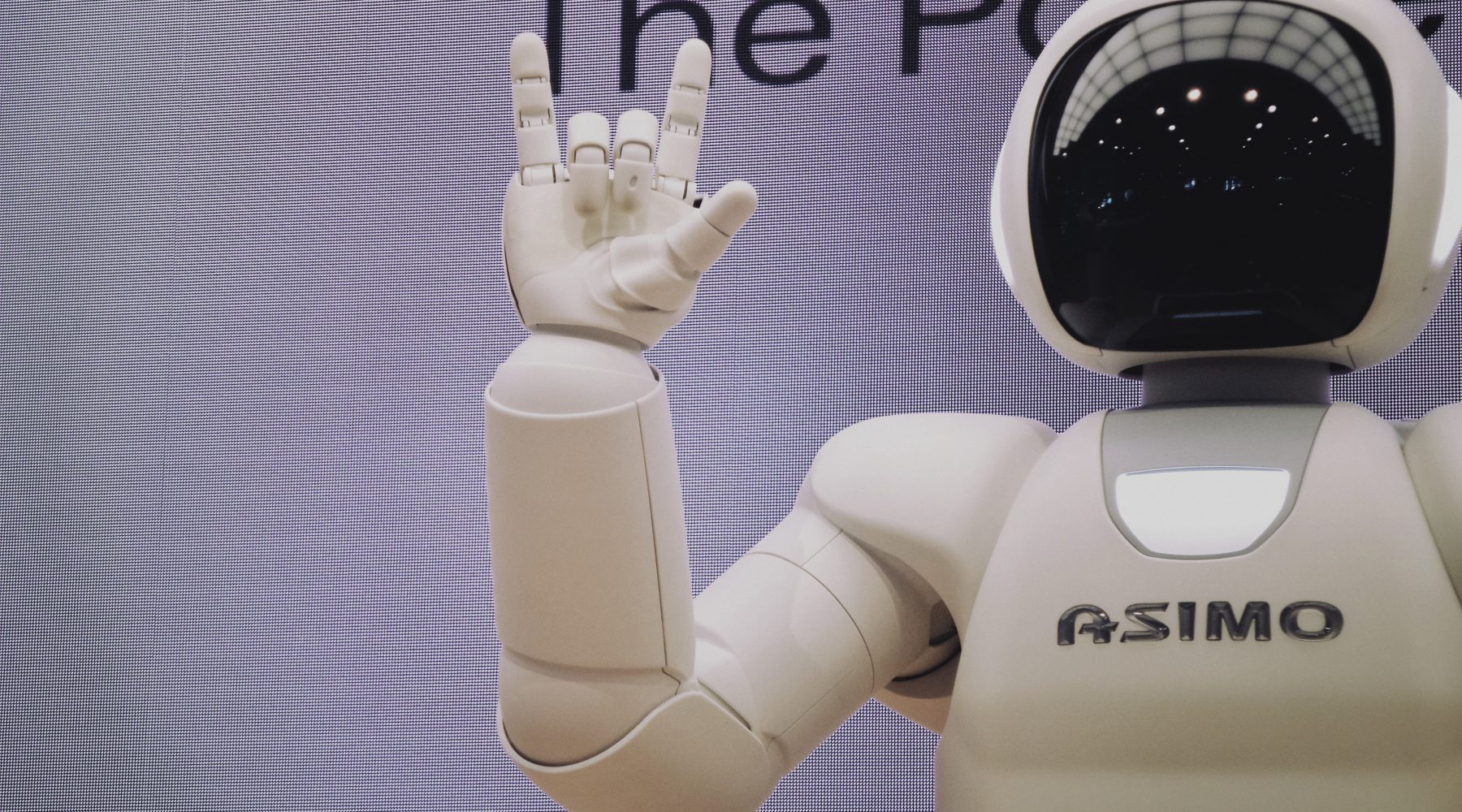Need an extra educator? Robots can learn to assist in three hours

A study, recently published in Science Robotics has shown that robots can take just three hours to successfully learn techniques which can be used to support educators in a classroom environment.
A robot was programmed to progressively learn autonomous behaviour from human demonstrations and guidance, under the guidance of an experienced (human) educator.
The educator controlled the robot, teaching it how to help young children with an educational activity. The robot was then able to support the children in the same activity autonomously. The advice it subsequently provided was shown to be consistent with that offered by the educator.
Through a series of assessments, researchers analysed a system called SPARC (Supervised Progressively Autonomous Robot Competencies) and demonstrated that in a little over three hours, the robot could be successfully taught by the teacher to support an educational activity.
Although the autonomous robot used actions with a different frequency than the teacher, it only used actions already demonstrated, learned the unique dynamics associated to each type of action, and its behaviour had a positive impact on the children. Indeed, the robot was also able to successfully learn how to support the children with social actions, like praise and encouragement.
Researchers say the technique could have a number of benefits to educators, as they face increasing demands on their time, and could be positive for children, with research previously showing that using robots alongside teachers in the classroom can have benefits for their education.
In terms of advancing future human-robot interactions, researchers noted that such a manner of ‘robot training’ could prove especially useful because it would enable scientists to bypass the standard approach to designing robotic controllers and empower end-users to directly teach a robot.
Dr Emmanuel Senft, who led the study as part of his PhD research, said “Creating autonomous social robot behaviours is a core challenge in social robotics, in both technical and ethical terms. My dream is that everyone should be able to profit from robots, not only engineers, and I think allowing people to teach robots to interact is the way to go. I hope the method we have proposed here could work in that regard and be applied to a large range of situations, for social and non-social robots.”
Professor Tony Belpaeme added “The positives of using robots to help in a classroom setting are there for everyone to see. But how to set them to work so they provide consistent support to pupils, in a way that educators can trust, is a real challenge. This study is certainly a positive step towards that.”
The study was coordinated by researchers at the University of Plymouth, working with colleagues at the University of Lincoln and the University of the West of England and may be accessed here.














